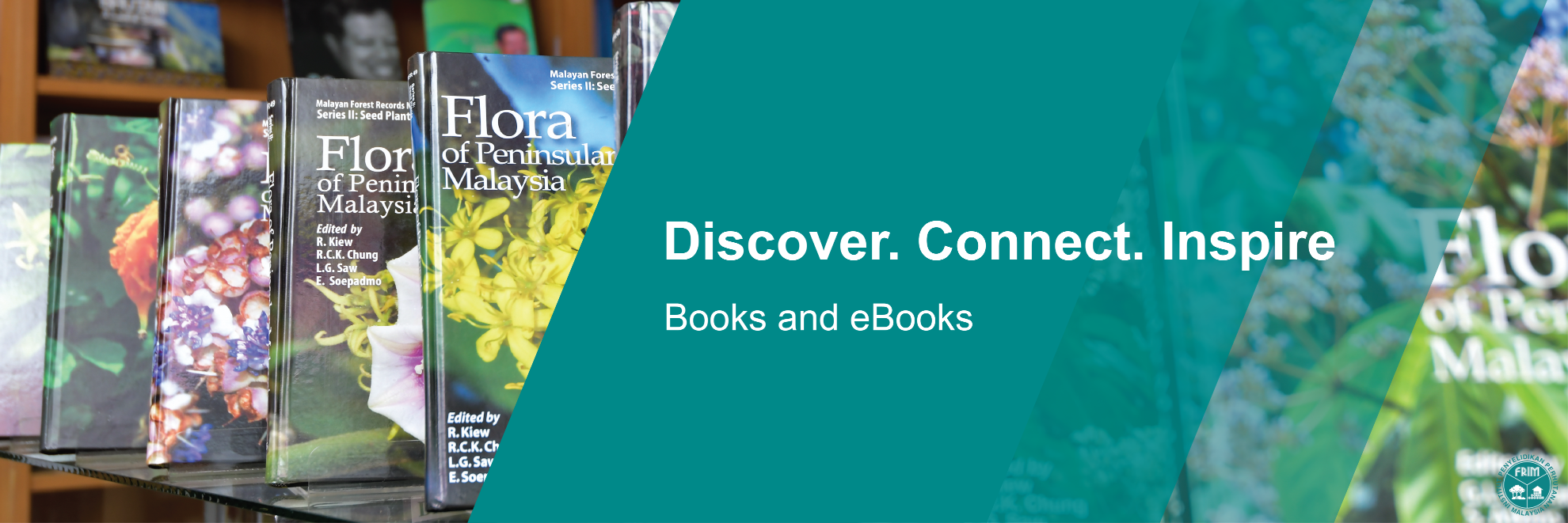- Home
- Publication
- E-Books
- Common wood stains and ways to prevent their occurrences
- Register
- Wishlist (0)
- Shopping cart (0)
- You have no items in your shopping cart.
- Log in
Categories
Series
Recently viewed products
Copyright © 2025 FRIM Digital Shop. All rights reserved.


